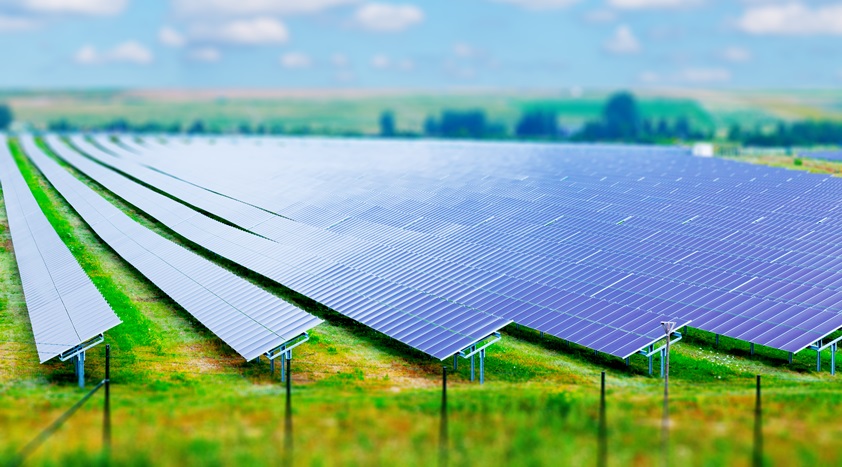Under the Brownfields Law of 2002, EPA and other federal agencies have established a variety of programs focused on promoting and funding the repurposing of abandoned mine lands (AMLs), broadly defined as lands, waters, and watersheds in close proximity to where extraction, beneficiation, or processing of ores and minerals has occurred.
Among the most promising of these initiatives is EPA’s Re-Powering America Program, pursuant to which EPA has prioritized the development of renewable energy projects on brownfield properties such as AMLs.
The Department of Energy’s National Renewable Energy Laboratory (NREL) has significantly contributed to the success of the Re-Powering America Program. As part of its initial characterization of sites on EPA’s brownfields inventory, NREL collects data sufficient to determine the renewable energy potential of each site. To date, NREL has screened over 80,000 sites for their development potential as solar, wind, biomass, and geothermal facilities.
Historically, a significant obstacle to the redevelopment of AML has been the lack of funding available to characterize and remediate these sites. This gap in funding can be reduced by incorporating renewable energy and/or green infrastructure into the mine remediation plan.
The installation of a solar array during or following mine reclamation can provide an energy source to power the remediation effort or create a revenue stream to offset the cost of remediation. A similar approach can be utilized through the use of green infrastructure.
Unfortunately, President Trump’s proposed budget, which drastically cuts EPA funding, may have adverse effects on the Re-Powering America program.
See full article by Jerome Muys, Jr. of Sullivan & Worcester in JDSupra.

